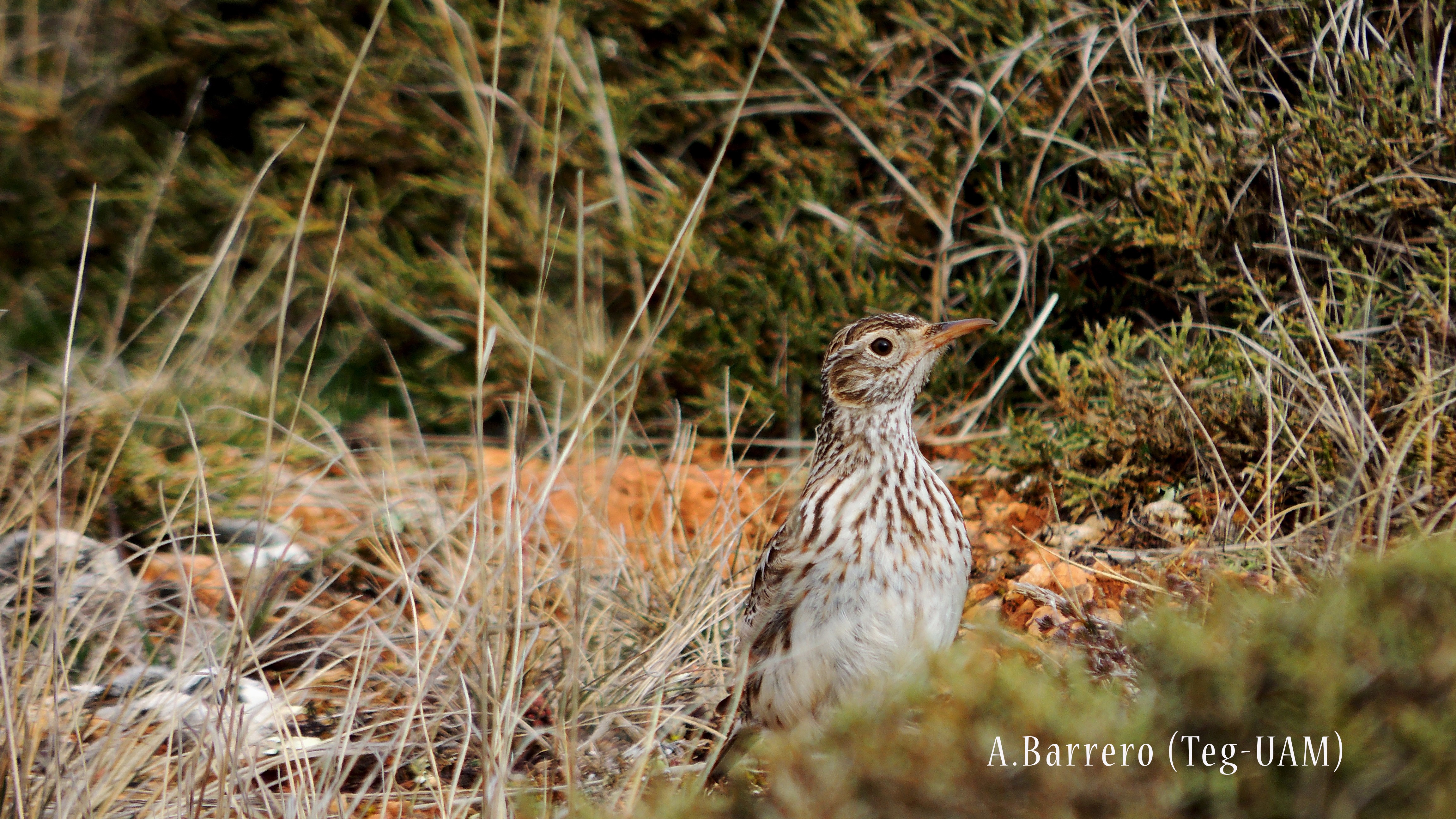Results of the first Dupont’s lark full survey carried out in ‘Altos de Barahona’ and ‘Páramo de Layna’ SPAs within the framework of the LIFE-Ricotí project
During the spring of 2017, the LIFE-Ricotí project has carried out a complete survey of Dupont’s lark populations within ‘Altos de Barahona’ and ‘Páramo de Layna’ Special Protection Areas (SPAs). These SPAs are two of the most important populations in Spain and Europe, since they account for around 20% of the total Spanish population and are located in the core of the species distribution. Therefore, they are crucial for the conservation of the Dupont’s lark at a regional, national and European scale. However, the only existing data in both SPAs correspond to the II National Survey (2004-2006) when around 500 males where recorded, 276 in ‘Altos de Barahona’ and 200 in ‘Páramo de Layna’.
One of the goals of the LIFE-Ricotí project is to determine the current situation of these populations and update the available information about its conservation status. With that purpose, we have carried out Dupont’s lark surveys during the spring of 2017 in the two SPAs. Results have been successful as we have recorded a total of 786 males, 594 males in ‘Altos de Barahona’ and 192 in ‘Páramo de Layna’. A direct comparison of these results with those in the II National Survey (2004-2006), suggests a hopeful situation about the conservation status of the Dupont’s lark in these populations. However, differences both in the census method employed and in the sampling effort (higher in 2017 mainly in ‘Altos de Barahona’), hinder the comparison between the two estimations (II National Survey and spring 2017).
Length of transects walked is a key aspect to ensure reliable population data in Dupont’s lark surveys. Song activity of the species reaches its peak during just 20-45 minutes before dawn. Therefore, transects longer than 3 km cannot be adequately covered during this timeframe, as individuals show lower detectability at the end of the transect, and this may underestimate population sizes. Transects were shorter in 2017 survey (compensated by an increase in the total number of transects), which could partially explain the apparent increase in the number of censused males compared to that in the II National Survey. With regard to Layna populations, official published data on the ‘Páramo de Layna’ SPA refers to a total of 116-132 males. Nevertheless, own data suggest that population size was around 200 males at that time. Therefore, the 2017 result suggests maintenance of population size in this locality.
During the coming years, the LIFE-Ricotí project will monitor specific populations within the two SPAs and a new complete survey is planned for 2020. At that point, comparable population data will be available, allowing us to obtain conclusions about Dupont’s lark population trends in both SPAs.
In any case, other studies addressing the current situation of the species at the national scale manifest the worrying conservation status of the species, with local extinction events and declining population trends within its whole Iberian distribution. Specifically, the research team of the LIFE-Ricotí project has evaluated Dupont’s lark population trends in Spain employing 92 populations during the 2004-2015 period. Results highlight the worrying conservation status of the species with an average annual decline of 3.9%, maintaining its classification as ‘Vulnerable’ in the Spanish Catalogue of Threatened Species. Castilla and León region populations are of special concern, where the species undergoes an 8.4% average annual decline, qualifying to be listed as ‘Endangered’ in the Regional Catalogue of Threatened Species.
Julia Gómez Catasús and TEG Ricotí-UAM team
Copyright © 2020 - Aviso Legal | Acceso | Desarrollado por Cesefor





